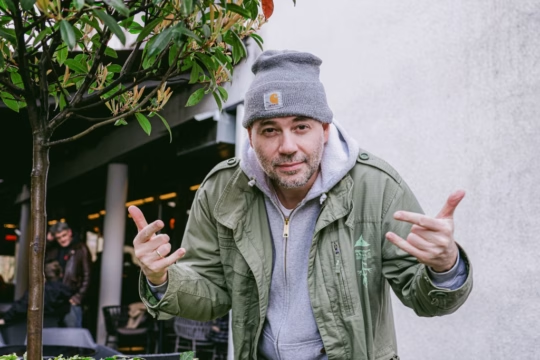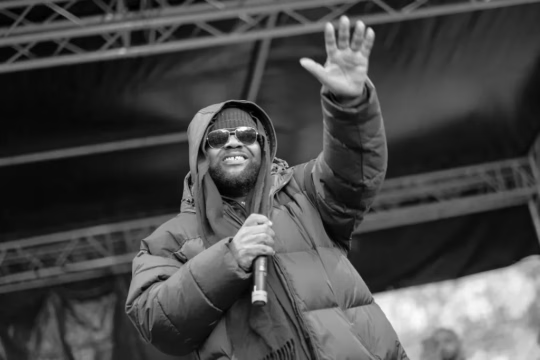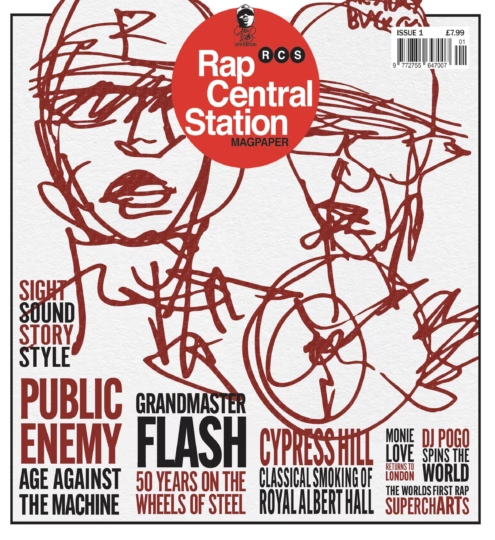Blue Note Jazz Fest Pays Tribute To The 50th Anniversary Of Hip-Hop

Jazz thrives in cities with history: New Orleans, New York, Los Angeles, Chicago. These cities are also places where you’d expect a new festival to pop up and have success, taking full advantage of a post-pandemic hunger for live music. The California iteration of the Blue Note Jazz Fest, now in its second year, is hundreds of miles away from these hubs for the genre, tucked between the beautiful peaks and canyons of Napa Valley.
This year’s Blue Note, sharing a name with the legendary label it’s created by, is centered around a lineup that pays tribute to the 50th anniversary of Hip-Hop. Mary J. Blige, Nas, and Chance the Rapper are in the headliner spots, with sets from Ari Lennox, Smino, De La Soul, Bilal, Lalah Hathaway, and a host of other greats across the Black music space who are all connected to, influenced by, and champions of hip-hop.
Hip-hop’s birth can be directly traced back to the Bronx in 1973, where turntables and spoken word collided. By the ’80s, its reach had gone far beyond the borough; artists began to reach for more complicated beats and lyrics that represented a complex image of the Black experience. Jazz samples built the bones for many of these songs, while the Jazz ethos built the attitude. Artists like Rakim & Eric B. and A Tribe Called Quest are the golden standard of this period: music that is urgent, frenetic, skillful. Created for and by Black people.
After inspiration from jazz fell out of fashion through the ’90s and early 2000s, its direct connection to hip-hop came back to center in a big way with To Pimp A Butterfly, the 2015 project that’s widely considered Kendrick Lamar’s best effort. It’s a dense, cerebral album layered with live jazz so complex that sometimes it’s hard to tell where the horns and drums end and the rapping begins. Despite its ambitious and politically-charged format, it was a monumental, critically acclaimed statement from rap’s newest visionary.
Robert Glasper, the jazz producer and pianist, was instrumental in many aspects of TPAB, from its jazz-centered concept, to writing and session playing for the album’s keyboards and synths. The record became a modern statement of excellence in every corner of music that it touched. Kendrick was elevated to great status, and brought those who were critical to the record’s creation with him into that arena, including Glasper. From that moment on, he became a connecting figure between modern jazz and hip-hop. Glasper is, without a doubt, taking up the mantle of being jazz’s most prolific and present leader.



You must be logged in to post a comment.